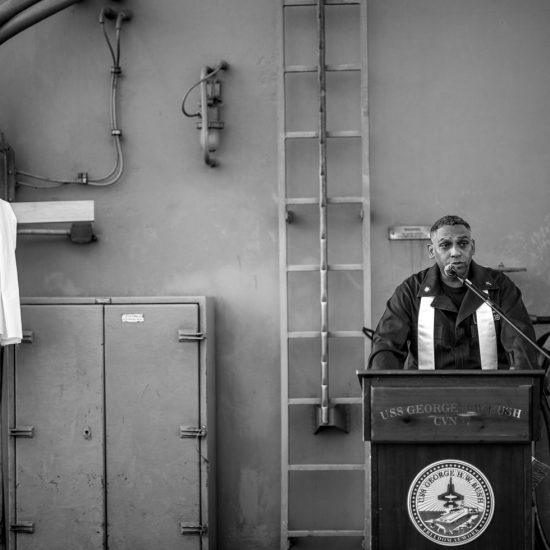NEWPORT NEWS, Va. — The USS Merrimack, commissioned in 1856, was burned to the waterline when the Union forces abandoned the Norfolk (Va.) Naval Yards in April 1861. The Confederacy raised the ship a few weeks later and rebuilt her with iron plate armor and commissioned her as the CSS Virginia in February 1862. Limited supplies and the new design delayed her sailing until the actual date of battle, March 8, 1862.
After the battle with the Monitor, the Virginia was repaired in Portsmouth, Va., at the Gosport Naval Yard, and patrolled Hampton Roads while keeping her distance from the guns of nearby Federal-held Fort Monroe. The Monitor was under orders not to engage the Virginia and so stayed close to the fort.
When Confederates evacuated Norfolk, the Virginia was trapped between the shallow waters of the James River upstream toward Richmond and the guns of Fort Monroe at the mouth of the harbor. The Virginia was lightened in hopes it could sail up the James River, but this left the wooden hull exposed above the waterline and her deep draft was still too much for the shallow river channel. On the night of May 11, 1862, she was burned by retreating Confederates to keep her from falling into Union hands.
The USS Monitor sank in heavy seas off Cape Hatteras, N.C., on Dec. 31, 1862, while being towed to Charleston, S.C. The turret, guns, engine, propeller, anchor and other artifacts from the Monitor have been recovered and are undergoing conservation at the Mariner’s Museum in Newport News, Va. Visitors are welcome.






